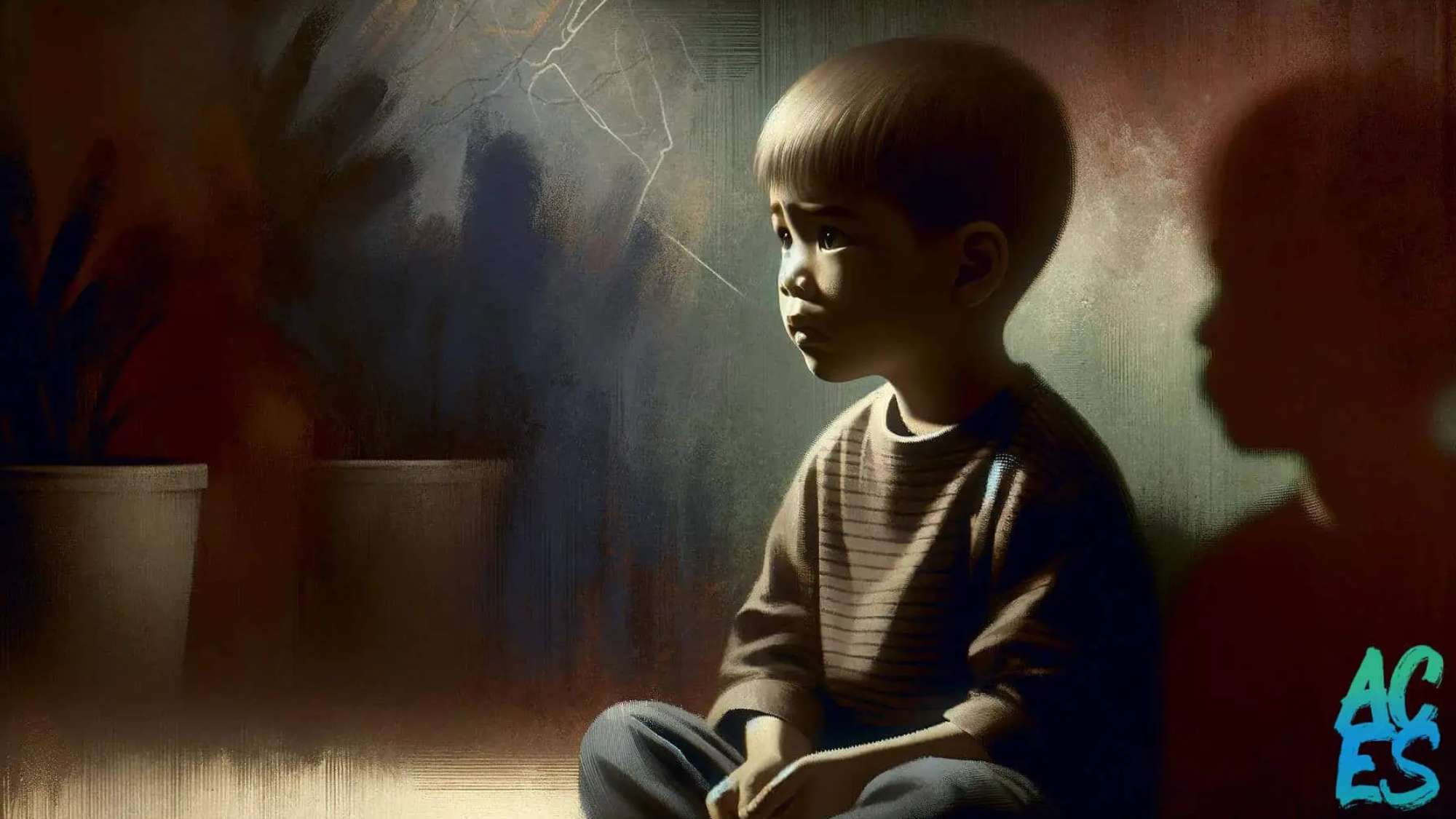Imagine a child’s world being turned upside down by an event so powerful that it shakes their sense of safety and trust. Trauma can have a profound impact on a young heart and mind, but there is hope. Here in Central Florida and across the globe, understanding this impact is the first step toward healing. Let’s delve into the complex landscape of trauma, explore its effects on child development, and discover pathways to healing and resilience.
Defining Trauma
Trauma isn’t just a singular event; it’s an overwhelming experience that disrupts a child’s sense of security and stability. Whether it’s witnessing violence, enduring a natural disaster, or experiencing the loss of a loved one, trauma leaves lasting imprints on a child’s brain and psyche (1).
Key Characteristics of Trauma:
-
Overwhelming Event: Life-threatening or harmful.
-
Lasting Impact: Long-term effects on development.
-
Disruption of Safety: Undermines a child’s sense of security.
The Ripple Effects of Trauma
Trauma affects every aspect of a child’s development, from cognitive abilities to emotional well-being and social relationships. Early exposure can lead to challenges in attention, memory, and emotional regulation (2). For example, a child who has experienced trauma might struggle to concentrate in school or react with intense emotions in everyday situations – challenges many families in the Orlando area may recognize. When these effects persist, exploring pathways to healing becomes essential.
Impact on Development:
-
Cognitive Functioning: Difficulty with attention and memory.
-
Emotional Regulation: Mood swings, irritability, and heightened sensitivity.
-
Social Interactions: Struggles in forming and maintaining relationships.
Understanding Trauma Responses
Children may respond to trauma in various ways, such as heightened anxiety, withdrawal, or even a sense of detachment from reality. These are adaptive survival mechanisms, but they can also interfere with daily life and development (3). Finding a knowledgeable child trauma psychiatrist in Orlando can be a crucial step for families navigating these responses.
Common Trauma Responses:
-
Hyperarousal: Increased anxiety and difficulty sleeping.
-
Hypervigilance: A constant feeling of being unsafe.
-
Withdrawal: Social isolation and reluctance to engage.
-
Dissociation: A sense of detachment from reality, as if the child is “zoning out.”
The Intersection of Trauma and Attachment
Trauma can disrupt the attachment process, making it hard for a child to form secure, trusting relationships—an essential part of emotional and social development (4). For instance, a child who has faced trauma might find it difficult to trust caregivers or express their emotions openly.
Effects on Attachment:
-
Insecure Attachments: Struggles to form secure, trusting relationships.
-
Trust Issues: Difficulty relying on others, leading to isolation.
-
Emotional Availability: Challenges in expressing and managing emotions.
Trauma-Informed Care
Addressing trauma requires a thoughtful, compassionate approach. A trauma-informed care framework emphasizes safety, trustworthiness, choice, collaboration, and empowerment, creating an environment that fosters healing and resilience (5). This sensitive approach guides reputable practices, including those serving the diverse communities surrounding Orlando, such as Lake Nona and Winter Park.
Principles of Trauma-Informed Care:
-
Safety: Ensuring both physical and emotional security.
-
Trustworthiness: Building trust through consistency and transparency.
-
Choice: Empowering children by offering them choices and a voice.
-
Collaboration: Working together with families and communities.
-
Empowerment: Fostering a sense of control and self-efficacy in children.
Pathways to Healing and Resilience
Healing from trauma is possible, especially when a child is surrounded by nurturing relationships and supportive environments available locally. Encouraging creative expression, engaging in trauma-focused therapies, and practicing mindfulness can significantly aid in recovery (6)(7). Seeking the right professional support is a key step on this journey.
Effective Interventions:
-
Therapy: Trauma-focused cognitive-behavioral therapy (TF-CBT) tailored to the child’s needs (7).
-
Art and Play Therapy: Non-verbal outlets for expressing complex emotions (7).
-
Mindfulness Practices: Techniques to help manage stress and increase emotional awareness (7).
Role of FDA-Approved Medications
In some cases, FDA-approved medications can be part of a comprehensive treatment plan. These medications may help manage symptoms like anxiety, depression, and sleep disturbances, enabling children to engage more fully in therapy and daily activities (8). A qualified psychiatrist, like those specializing in child trauma in the Orlando area, can help determine if this is appropriate.
Seeking Support in Central Florida?
If you or a loved one in the Orlando, Lake Nona, Windermere, Winter Garden, or Winter Park areas are seeking support for childhood trauma, ACES Psychiatry offers specialized, compassionate care. We understand the unique challenges faced by individuals and families in our community. Learn more about our approach to PTSD Treatment or Contact Us today to schedule a consultation.
Disclaimer: This blog post is for informational purposes only and does not constitute medical advice. Please consult with a qualified healthcare professional for any health concerns or before making any decisions related to your health or treatment.
References
- Perry, B. D. (2009). Examining child maltreatment through a neurodevelopmental lens: Clinical applications of the neurosequential model of therapeutics. Journal of Loss and Trauma, 14(4), 240-255.
- Van der Kolk, B. A. (2015). The Body Keeps the Score: Brain, Mind, and Body in the Healing of Trauma. Penguin Books.
- Cohen, J. A., Mannarino, A. P., & Deblinger, E. (2017). Treating Trauma and Traumatic Grief in Children and Adolescents. Guilford Publications.
- Bowlby, J. (1988). A Secure Base: Parent-Child Attachment and Healthy Human Development. Basic Books.
- Harris, M., & Fallot, R. D. (2001). Using trauma theory to design service systems. San Francisco: Jossey-Bass.
- Perry, B. D., Pollard, R. A., Blakley, T. L., Baker, W. L., & Vigilante, D. (1995). Childhood trauma, the neurobiology of adaptation, and “use-dependent” development of the brain: How “states” become “traits.” Infant Mental Health Journal, 16(4), 271-291.
- Cohen, J. A., Berliner, L., & Mannarino, A. P. (2000). Treating traumatized children: Clinical implications of the research on the effects of trauma. Journal of the American Academy of Child & Adolescent Psychiatry, 39(10), 1201-1207.
- Strawn, J. R., Geracioti, L., Rajdev, N., & Clemenza, K. (2018). Pharmacotherapy for post-traumatic stress disorder in children and adolescents: A systematic review. Journal of Clinical Psychiatry, 79(6).





There is certainly a great deal to learn about this issue.
I like all the points you made.